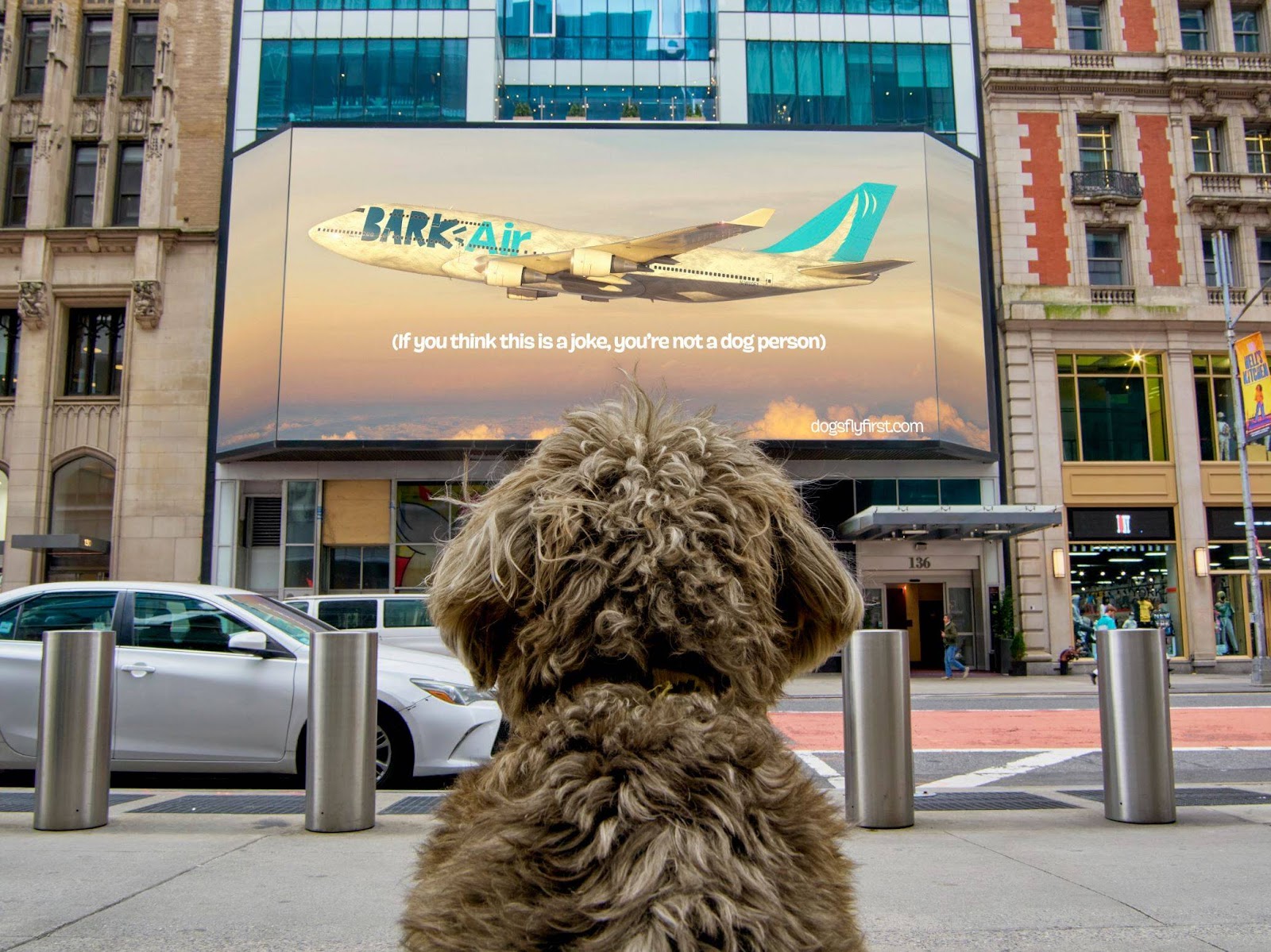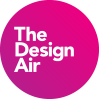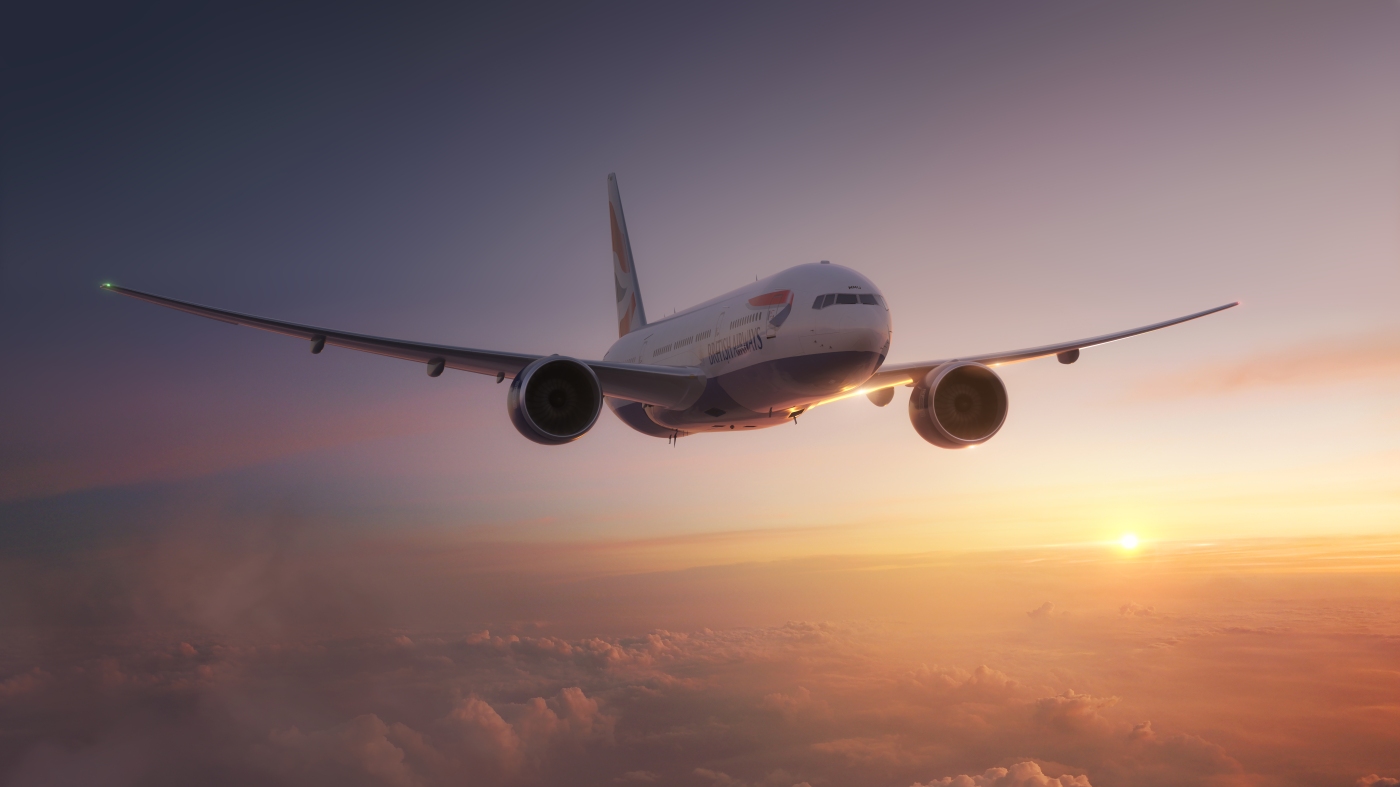With a fast-growing, global client base, Neutral Digital has cemented its position as a leading 3D studio over the last two decades. With projects like Qatar’s QVerse, Etihad Airways’ 20th Anniversary Campaign and numerous CGI visualisation projects across aviation, Neutral takes deep architectural visualisation experience and blends it with aviation and travel expertise. The studio’s design thinking leads the charge in photo-real, fully interactive and immersive experiences.
Studio background
Traditionally, aircraft footage has been obtained through air-to-air photography – a costly and unpredictable process with little creative control and limited content production. Neutral gives airlines access to technologies such as CGI, allowing them to keep up with customer demand for greater and newer imagery.
In recent years, we’ve produced award-winning and world class work for airlines such as Qatar Airways (QVerse), Cathay Pacific (A350 launch), British Airways (Club World Suite launch), Air Canada (Dreamliner launch), Etihad Airways (20th Anniversary Campaign), Emirates (A350 launch), Bark Air (airline launch) and many more.
For many airlines, CGI is an ideal entry point when exploring 3D solutions with its expansive use cases appealing to the modern brand. Imagery and animations can be used across digital, physical and corporate materials while creating opportunities for further solutions such as interactive fleet pages or immersive passenger booking systems.
Across our team, we believe in the magic of travel and the elevation of brand experiences. In our increasingly digital age, we understand that for many people a journey starts long before the check-in desk or stepping foot onto an aircraft. We give airlines the tools to start that journey and build customer loyalty through digital solutions.
What can airlines achieve through CGI that they can’t through real-life footage?
CGI opens up almost limitless possibilities for aircraft footage. In traditional air-to-air filming, you are at the mercy of the environment around you – there are no guarantees. With CGI, airlines get complete creative control. From the position of the aircraft, to cloud cover, lighting, time of day – CGI allows you to create the perfect image or animation.
In a recent project for International Airlines Group (IAG), our studio team visualised the five airlines making up the group flying together, set against a golden sky. It’s a shot that couldn’t have been achieved using traditional methods and one that IAG will be able to use again and again across their corporate documents and marketing materials. It is an incredibly powerful tool that can be used to accurately portray your brand identity.
Aside from exteriors, we’ve completed a number of projects visualising cabin interiors for the likes of Saudia Airlines and British Airways. While cabin photography may be easier to control, as it can happen on the ground, our team realised that airlines were still battling to get the perfect footage, limited by space and lighting possibilities. Not least without the cost of grounding an aircraft for a photoshoot.
Creating a like-for-like cabin using virtual technologies like CGI not only provides perfectly-lit, detail-led animations and images, it also opens up opportunities for creating immersive, experience-focused booking systems. We’re seeing more and more airlines integrate CGI into their booking process, enhancing the passenger experience and increasing upgrades and ancillary revenue, before a journey begins.

How is footage you create being used by airlines?
We’ve seen many of our animations being used across TV and social media adverts, as well as company announcements. Airlines including Bark Air (a brand-new airline where dogs fly first), Latam, Emirates and Hawaiian Airlines have all used our CGI in brand films released across multiple verticals in recent months.
The beauty of CGI footage lies not only in the control it provides but in its use-cases across sales and marketing, as well as business and corporate materials. We’ve seen footage from our studio across all major social media platforms, on 3D billboards, in Times Square, around football stadiums such as Twickenham and projected on the Burj Khalifa, the world’s tallest building. CGI is incredibly flexible and can be used by teams across destinations, platforms and formats.
Recently, we attended the Arabian Travel Market and were proud to see our animations on three of the largest screens at the event, as well as images featuring on stands and pop-up banners throughout the exhibition halls.
Why is it so important for airlines to have high-quality material?
Brand is everything for airlines. We’ve seen so many examples of this recently, from the British Airways billboards that included just a hint of the logo but took the internet by storm, to the Saudia Airlines rebrand including a signature scent. Uniforms, livery, cabins, lounges, the booking experience – branding is threaded through everything an airline does and when done well, it encourages loyal, returning passengers and increased revenue.
For the first time, CGI allows for airborne footage that remains representative of carefully curated brands. Regional airlines are able to show aircraft over iconic locations, logos and easily-missed livery details are captured in 4K – stories are told exactly as they are intended. If a picture speaks a thousand words, CGI speaks a million of them.
You mentioned Bark Air, can you tell us more about that project?
Of course. Bark Air is a great example of how our studio can help a team from idea to concept to launch. It’s been incredibly exciting to see Bark Air drum up so much anticipation from multiple news articles and conversations across social media. When the team first approached us with their airline that puts dogs first, we weren’t sure where the project was going to go. It’s a novel idea, but one that many pet owners will benefit from.
With fur livery and a literal ‘tail’, it was a fun project for our team and one we got great joy from completing. Our images and animations have been used across their social media channels and in advertising. It is a great example of how CGI can support campaigns and content creation.
We speak to many new airlines and it’s always exciting to see a brand come to life. Bark Air has an incredibly unique concept and will remain special to our team for some time!

How does pricing compare to air-to-air photography?
It’s much cheaper, but also far more accessible. Air-to-air photography requires taking one of your aircraft out of circulation and flying another one with it in order to capture the footage. As mentioned earlier, it offers no control over lighting or weather and is usually limited in location too. When airlines launch new routes, or want to spotlight a specific destination, it’s often impossible to combine your brand and aircraft into materials. CGI changes all of that.
What was once a major operation and project, now only requires a brief. We work very closely with all of our customers to get the perfect shot, adjusting the position of the aircraft, lighting, cloud cover and anything else you can see in our images, but it’s work that doesn’t require teams to leave their desk.

Can you walk us through the processes or steps you take when creating CGI?
We pride ourselves on our attention to detail, but it does come at a cost. Our team studies each aircraft, the livery design and every little detail when it comes to exteriors or interiors so we can accurately replicate them in 4K. It requires a careful eye just to get the aircraft itself right. When it comes to movement, we always want a realistic and true-to-life look and feel. Often, this can mean studying flight paths, the way light reflects off of the aircraft body and rotation of either fan blades or turboprop blades.
We recently completed a series of animations and images for WestJet Encore, the regional arm of WestJet. They operate multiple De Havilland Dash 8-400 (Q400) – a turboprop aircraft that is more lightweight than a jet propulsion aircraft. This difference changes the way the plane moves, something our team needed to pay close attention to. There are lots of little details in our work that perhaps wouldn’t stand out to most passengers, but to airlines, keen aviation lovers and to us, they are incredibly important. Continuing with the Q400 example, it’s an aircraft with a lower maximum altitude compared to other WestJet aircraft, as well as a different blade rotation speed. This is true for most aircraft and something we pay close attention to in the development process.
Over time, we’ve developed a successful approach to managing this process. Whether it’s cruising altitude, blade rotation speed or the way an aircraft light blinks – we time these details to be accurate to real life. Lights are often easily missed but are something our team has spent time perfecting over the years. For us, the extra effort is worth it when working with CGI, as it leads to photo-realistic, stunning imagery that delights customers.

What are some of your favourite recent projects?
All of our final images and animations speak for themselves. We’ve worked on some brilliant exterior projects with interesting backdrops. Working with British Airways on a series of cinematic animations was exciting to us, we visualised the Airbus A350-1000 flying over London which we achieved by using a model of the capital city.
We’ve loved working on cabin interiors projects recently, playing with lighting and details like seat stitching, tray tables and in-flight entertainment systems to show a cabin the way it was designed – something that’s far harder to achieve with photography. A great example of this is Saudia Airlines, who we worked with as part of their rebranding project.
Encompassing new colours, uniforms, livery and even a signature scent to represent the brand, the new identity is said by Saudia to be in-line with a wider strategic transformation plan. They aimed to introduce innovative concepts for customer services, with a strong focus on digital aspects and enhancing the guest experience, all while celebrating Saudi culture.
Our studio supported the Saudia team with CGI renders of the airline’s fleet and interiors. The Business Class Cabin and Economy Cabin can both be seen to include new colours — green, blue and sand — underlining Saudia’s aim to expand its fleet and destinations.

What does the future look like for Neutral Digital?
Hopefully much more of what we’ve been doing for the last 20 years! CGI opens up more avenues for airlines to explore the use of 3D technologies across their business. Across industries, we are seeing an increasing demand for content from customers and marketing teams. For airlines, creating content that showcases their exteriors and interiors while remaining on-brand has been a challenge, but CGI makes the process easier and results in high-class imagery.
While brands are continually competing for innovation and finding new ways to interact with audiences, CGI is a great way to reach customers and show your story. When imagery is combined with other 3D solutions, it becomes a powerful tool to increase service, drive upgrades and start the passenger journey before the flight itself.
To find out more about how CGI can support your airline’s 2024 content needs, email hello@neutral.digital

